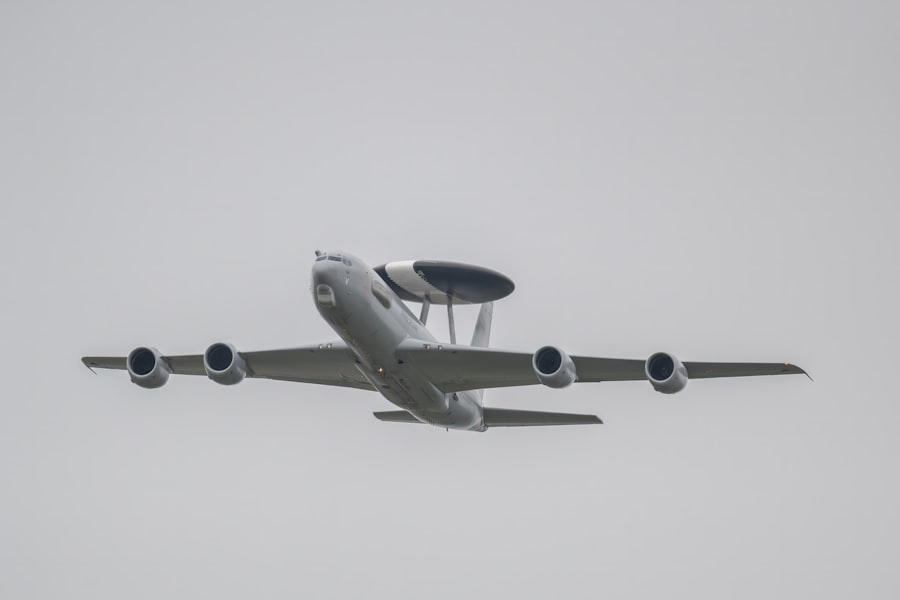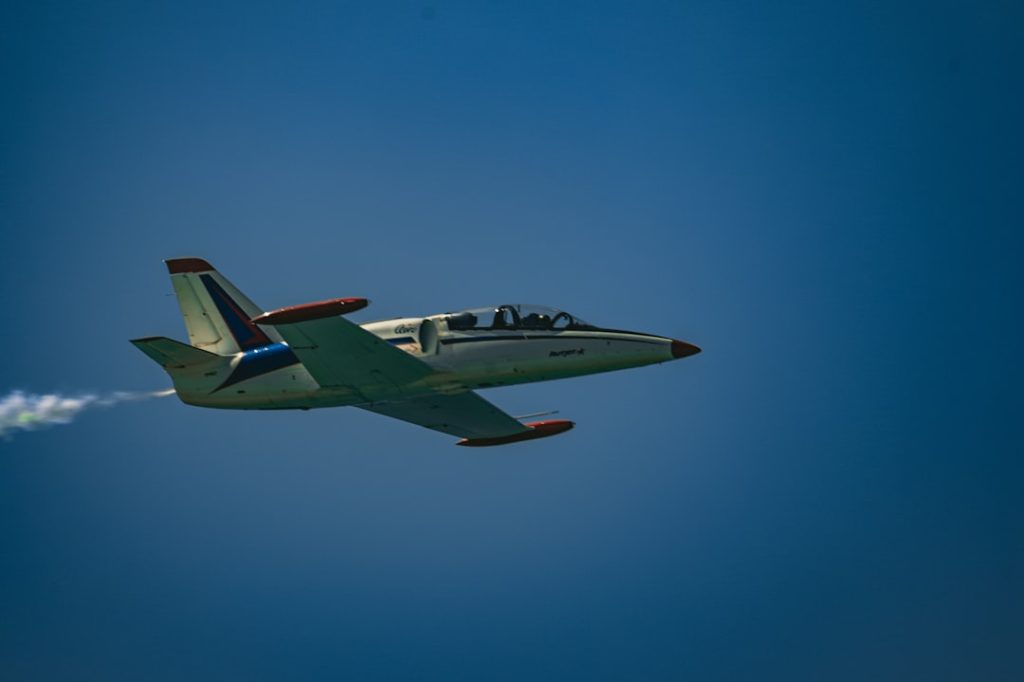Selecting the right flight school is a pivotal decision for aspiring pilots, as it lays the foundation for their aviation careers. The quality of training received at a flight school can significantly influence a student’s proficiency, confidence, and overall success in the field. A well-chosen flight school not only provides the necessary technical skills but also fosters a supportive learning environment that encourages personal growth and development.
The right institution can make the difference between a fulfilling career in aviation and a frustrating experience that may lead to early dropout or dissatisfaction. Moreover, the reputation of a flight school can have long-lasting implications for a pilot’s career trajectory. Employers in the aviation industry often consider the training background of candidates, and graduates from respected schools may find it easier to secure job placements.
Additionally, flight schools with strong connections to airlines or aviation companies can offer networking opportunities and job placement assistance, which are invaluable for new pilots entering a competitive job market. Therefore, understanding the importance of choosing the right flight school is crucial for anyone serious about pursuing a career in aviation.
Key Takeaways
- Choosing the right flight school is crucial for your aviation career and safety.
- Factors to consider when choosing a flight school near you include location, cost, reputation, and aircraft fleet.
- Research and compare different flight schools in your area to find the best fit for your goals and needs.
- Attending a local flight school offers benefits such as familiarity with the area and potential job opportunities.
- Tour potential flight schools, meet with instructors and staff, and make an informed decision before enrolling.
Factors to Consider When Choosing a Flight School Near You
When evaluating flight schools, several critical factors should be taken into account to ensure that the chosen institution aligns with one’s personal and professional goals. One of the foremost considerations is the type of training offered. Different schools may specialize in various areas, such as private pilot training, commercial pilot licenses, or specialized ratings like instrument or multi-engine certifications.
It is essential to identify what type of pilot you aspire to become and ensure that the school provides comprehensive training in that area. Another significant factor is the school’s fleet of aircraft and their maintenance standards. A well-maintained fleet not only enhances safety but also ensures that students receive training on modern equipment that reflects current industry standards.
Prospective students should inquire about the age and condition of the aircraft, as well as the frequency of maintenance checks. Additionally, the instructor-to-student ratio is crucial; smaller class sizes often lead to more personalized attention and better learning outcomes. Understanding these factors can help students make informed decisions about which flight school will best meet their needs.
Researching and Comparing Different Flight Schools in Your Area

Conducting thorough research is essential when comparing flight schools in your vicinity. Start by gathering information from various sources, including online reviews, aviation forums, and recommendations from current or former students. Websites like Yelp or Google Reviews can provide insights into the experiences of others, highlighting both strengths and weaknesses of different schools.
Additionally, visiting aviation-related social media groups can connect you with individuals who have firsthand experience with local flight schools. Once you have compiled a list of potential schools, create a comparison chart to evaluate them based on key criteria such as cost, location, training programs offered, fleet size, and instructor qualifications. This visual representation can help clarify which schools stand out in specific areas.
Furthermore, consider reaching out directly to each school for additional information regarding their curriculum, financial aid options, and any unique programs they may offer. Engaging with schools directly can also provide a sense of their customer service and responsiveness, which are important factors in your overall experience.
The Benefits of Attending a Local Flight School
| Benefits | Description |
|---|---|
| Convenience | Easy access to training facilities and instructors. |
| Cost-Effective | Lower tuition fees compared to larger flight schools. |
| Personalized Attention | Smaller class sizes allow for more one-on-one instruction. |
| Community Connection | Opportunities to network with local aviation professionals. |
| Familiarity with Local Airspace | Training in the same airspace where you will eventually fly. |
Attending a local flight school offers numerous advantages that can enhance the training experience for aspiring pilots. One of the most significant benefits is convenience; being close to home allows for easier scheduling of lessons and reduces travel time and costs associated with commuting to distant schools. This proximity can lead to more consistent training sessions, which are vital for skill retention and progression.
Frequent practice in familiar airspace can also help students develop a deeper understanding of local weather patterns and air traffic procedures. Additionally, local flight schools often have established relationships with regional airlines and aviation businesses, providing students with networking opportunities that can be beneficial when seeking employment after graduation. These connections can lead to internships or job placements that might not be available through larger, more distant institutions.
Furthermore, local schools may offer tailored programs that cater specifically to the needs of the community or region, such as specialized training for flying in mountainous terrain or coastal areas. This localized focus can enhance the relevance and applicability of the training received.
Finding the Best Flight School for Your Specific Goals and Needs
Identifying the best flight school requires a clear understanding of your personal goals and needs as an aspiring pilot. Begin by defining what you hope to achieve through your training—whether it’s obtaining a private pilot license for recreational flying or pursuing a commercial license for a career in aviation. Each goal may necessitate different training paths, so it’s crucial to align your objectives with what each school offers.
Consider also your learning style and preferences when selecting a flight school. Some students thrive in structured environments with rigid schedules, while others may prefer more flexibility in their training programs. Additionally, think about your budget; flight training can be expensive, so it’s important to find a school that offers quality education within your financial means.
Many schools provide financing options or scholarships that can ease the financial burden. By taking these factors into account, you can narrow down your options to find a flight school that best fits your aspirations.
Touring and Visiting Potential Flight Schools

Visiting potential flight schools is an invaluable step in the decision-making process. A physical tour allows prospective students to assess the facilities firsthand and get a feel for the environment in which they will be training. During these visits, pay attention to the condition of the aircraft, classrooms, and other facilities such as simulators or briefing rooms.
A well-maintained environment often reflects the overall quality of instruction and commitment to safety. While touring, take note of how staff members interact with students and visitors. A welcoming atmosphere where instructors are approachable can significantly enhance your learning experience.
Additionally, observe how organized and structured the operations appear; this can be indicative of how well the school manages its training programs. Don’t hesitate to ask questions during your visit—inquiring about student success rates, instructor qualifications, and any unique features of their training programs can provide deeper insights into what you can expect from your education.
Meeting with Instructors and Staff at Potential Flight Schools
Engaging with instructors and staff at potential flight schools is crucial for gaining insight into the quality of education you will receive. Instructors play a pivotal role in shaping your training experience; their expertise, teaching style, and ability to communicate effectively can greatly influence your learning outcomes. During meetings or informal conversations, ask about their backgrounds—how long they have been instructing, their own flying experience, and any specialized training they may have undergone.
Additionally, inquire about their approach to teaching and how they tailor instruction to meet individual student needs. A good instructor should be able to adapt their teaching methods based on your learning style and pace. Furthermore, discussing student support services with administrative staff can provide information on resources available for academic assistance or career counseling after graduation.
Establishing rapport with instructors and staff can also give you a sense of community within the school, which is an important aspect of any educational journey.
Making the Final Decision and Enrolling in the Best Flight School Near You
After thorough research, visits, and discussions with instructors and staff, it’s time to make an informed decision about which flight school to attend. Reflect on all the information gathered during your exploration process—consider how each school aligns with your goals, budget, and personal preferences. It may be helpful to create a pros-and-cons list for each school to visualize which institution stands out as the best fit.
Once you have made your choice, reach out to the selected flight school to begin the enrollment process. Be prepared to provide any necessary documentation such as identification or medical certificates required for pilot training. Additionally, inquire about orientation sessions or introductory courses that may be available for new students; these can help ease your transition into flight training.
By taking these steps thoughtfully and deliberately, you will set yourself on a path toward achieving your aviation dreams at a school that meets your needs effectively.


